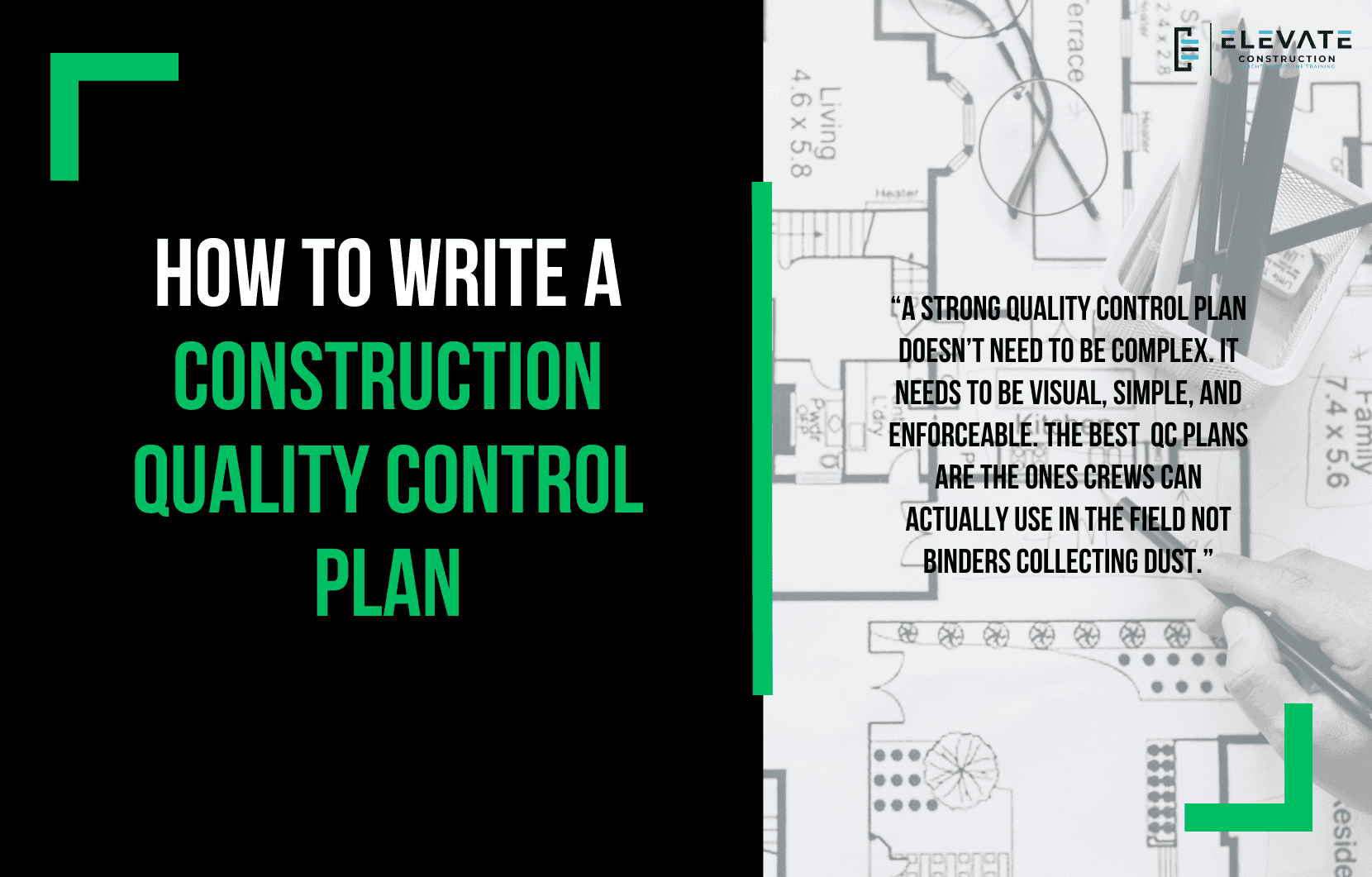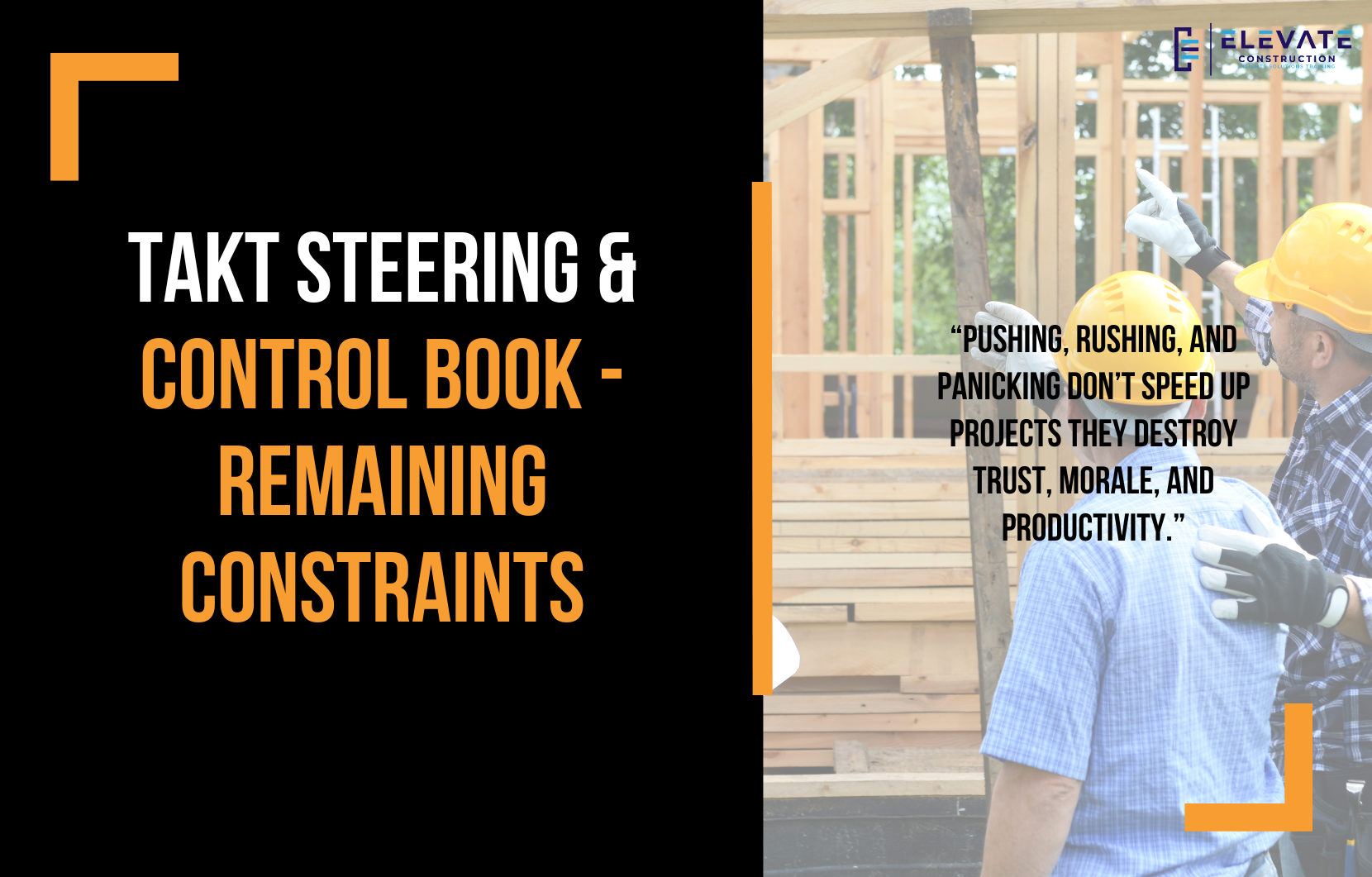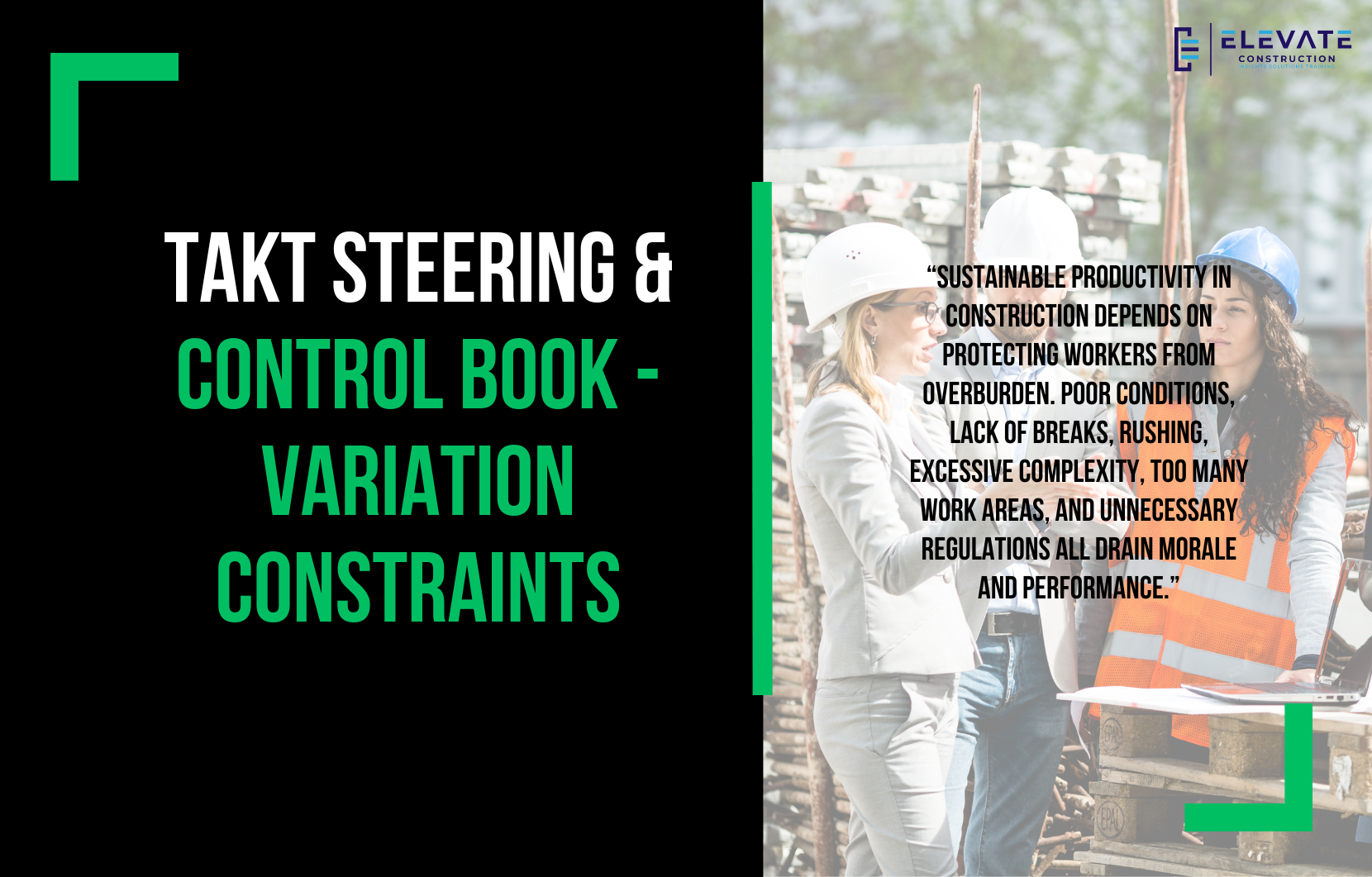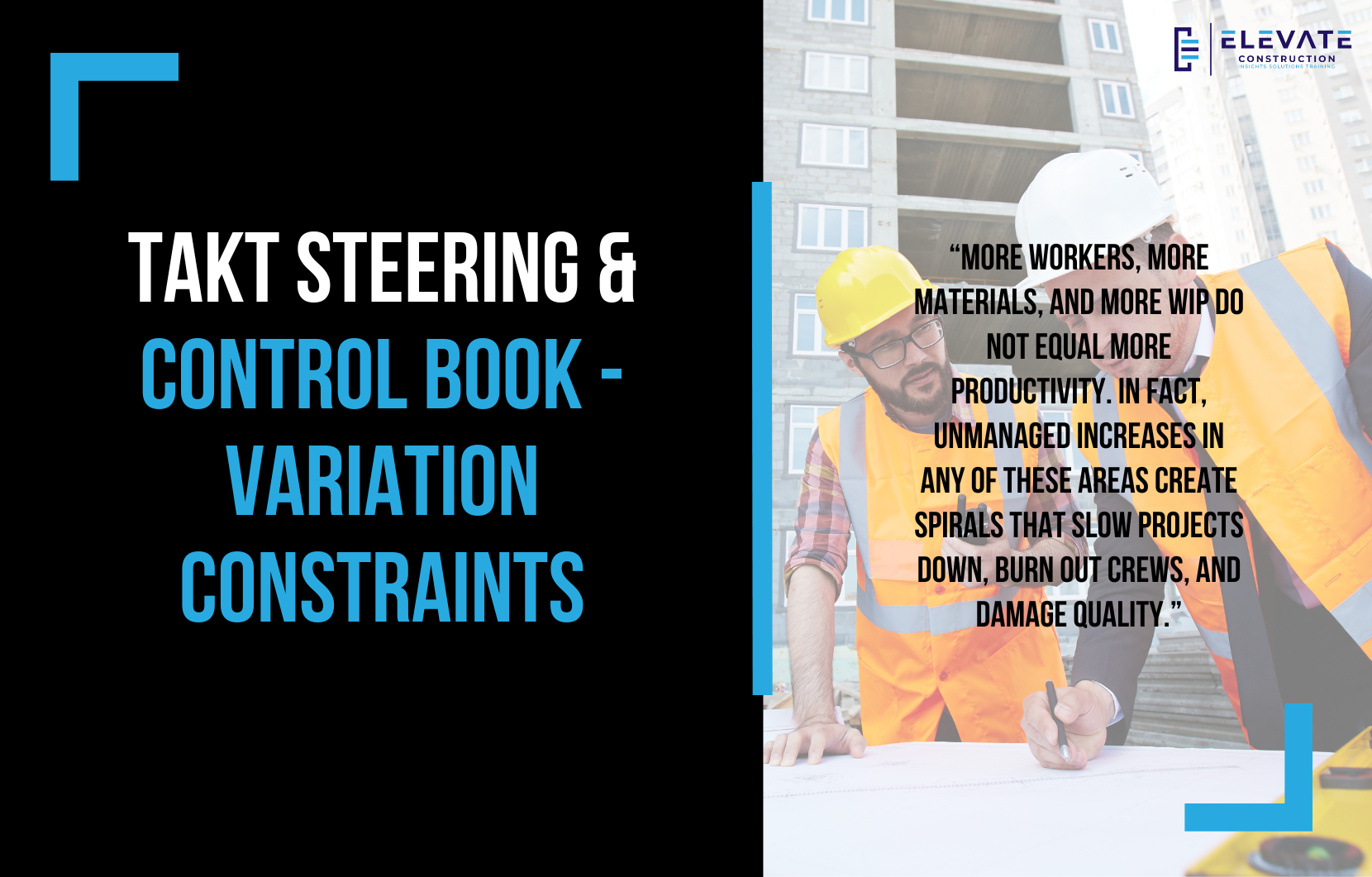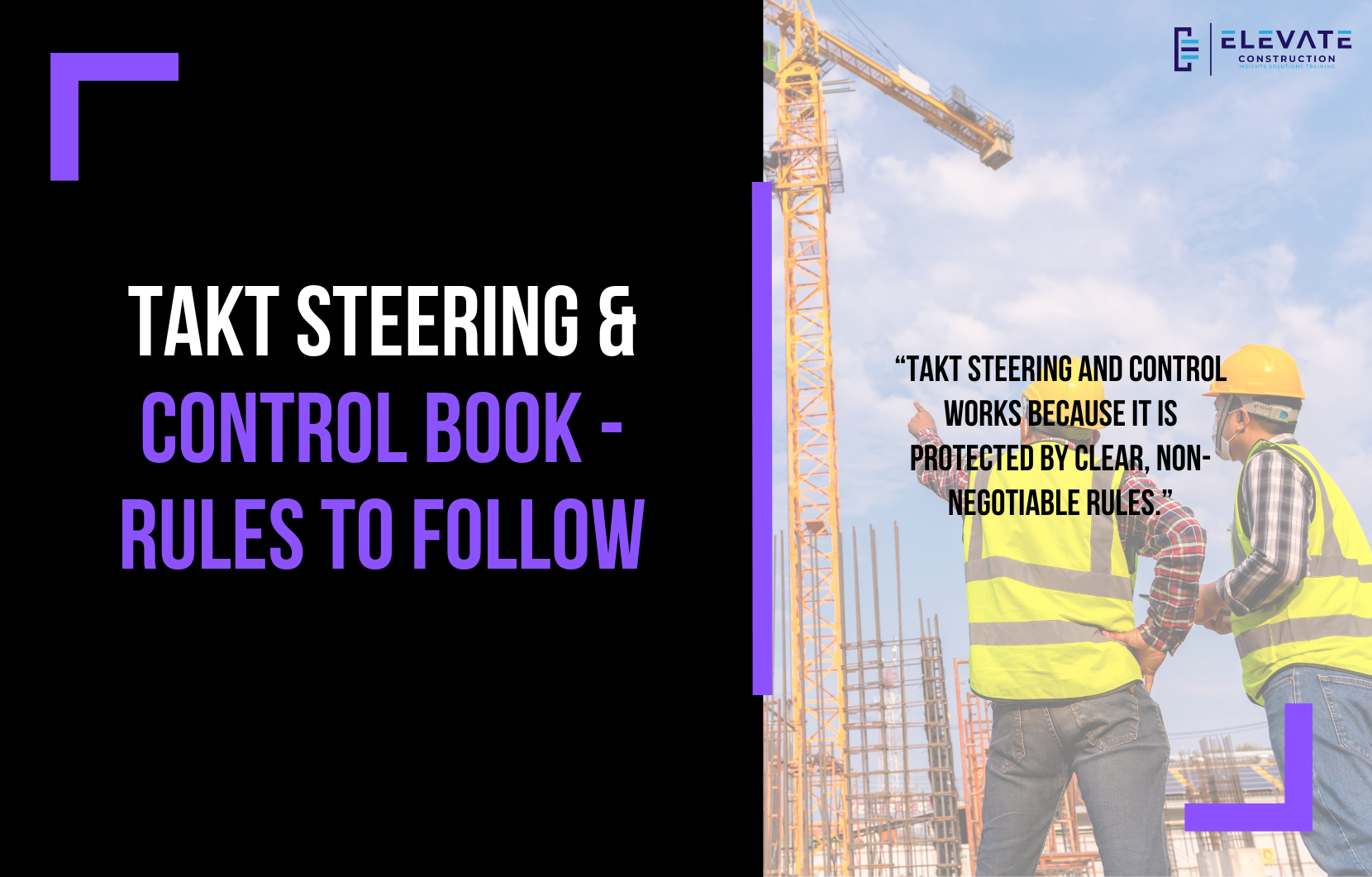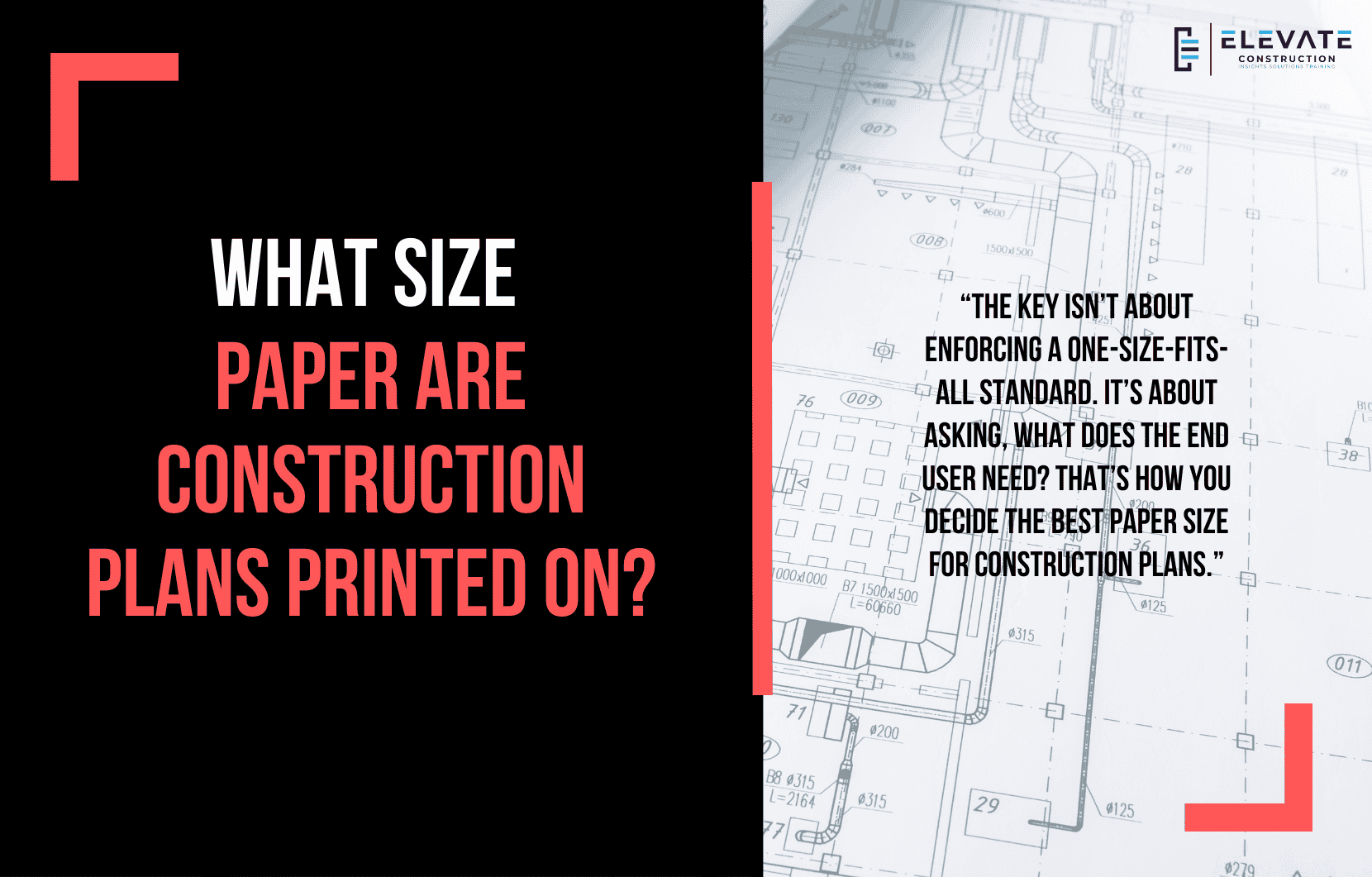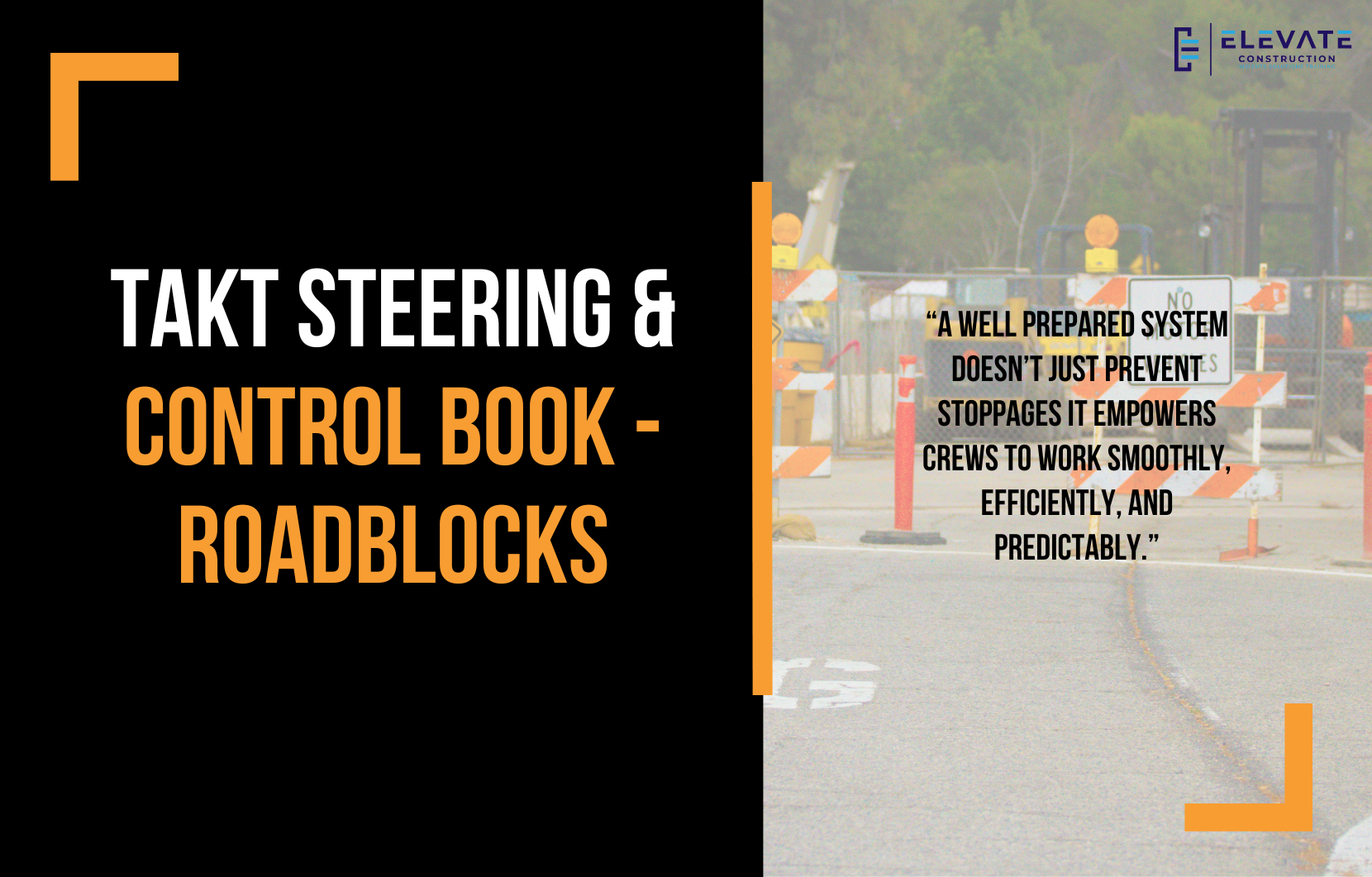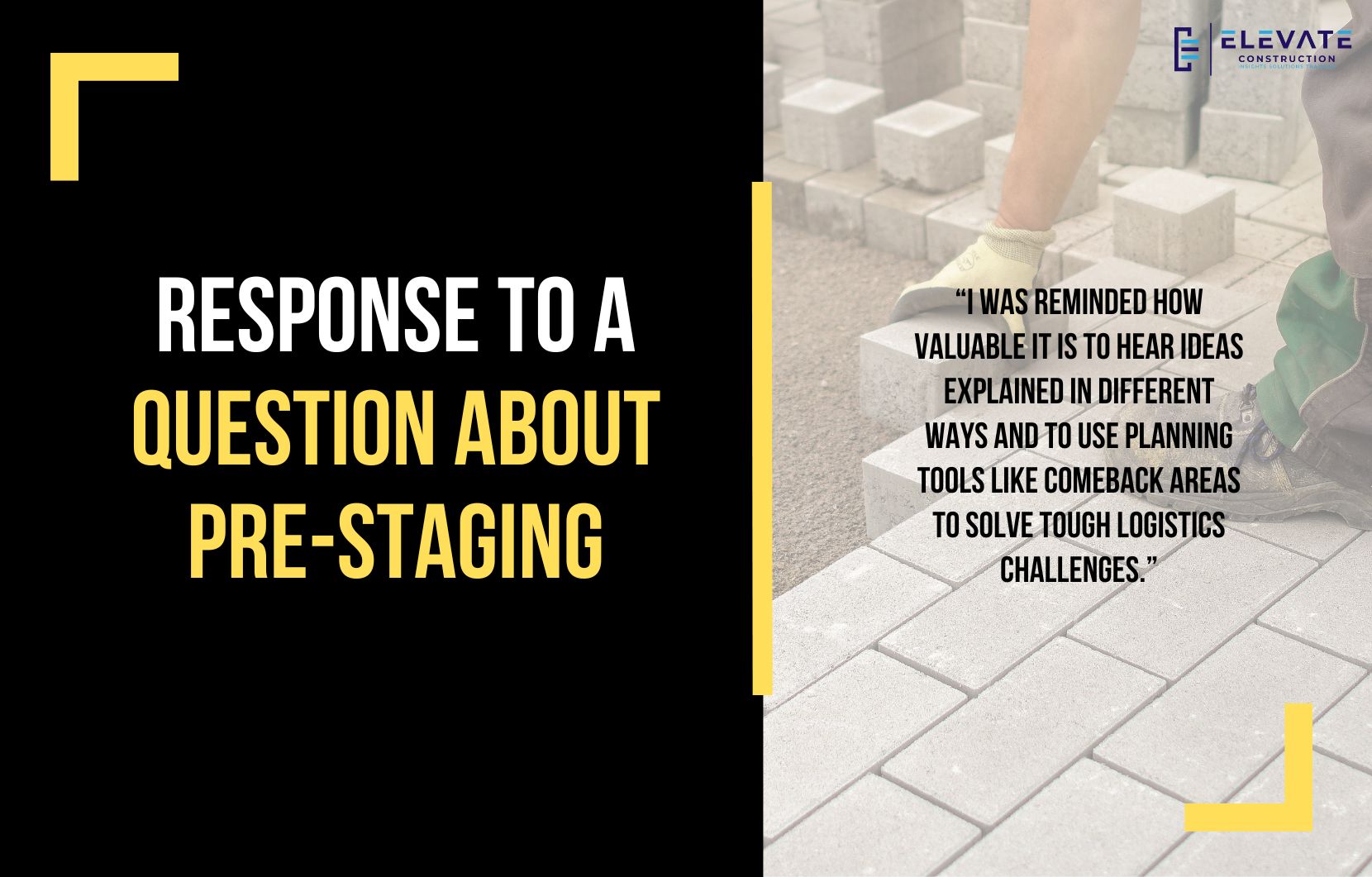How to Calculate Takt Time for Multiple Products in Construction
We talk a lot about Takt time, and I want to provide clear, practical advice based on the questions we’ve been receiving. While we’ve covered takt time in other blogs, this one is specifically tailored to those recent questions.
Two Types of Takt Planning:
There are two main types of takt planning in construction:
- Takt Time-Based Takt Planning.
- Resource-Based Takt Planning.
In manufacturing, the product flows from station to station with resources fixed in place. In construction, it’s the opposite, the product is fixed and the trades flow from zone to zone. That means the flow unit in construction is the train of trades, not the work in a single zone.
As Nicholas Modig points out, the building itself becomes the grow unit, while takt time is the rhythm at which trades move through zones.
Takt Time-Based Planning:
Imagine your production plan is set on a three-day takt. That means each trade spends three days in one zone before moving on.
- If you have several one-day activities, you’d group them into a three-day takt wagon.
- If an activity normally takes two days, you’d reduce crew size so it stretches to three days.
This creates consistent, balanced wagons where trades flow in rhythm. Crew composition is the lever you adjust to fit the takt time.
Resource-Based (Multi-Train) Planning:
In this approach, activities don’t need to fit into one fixed takt time:
- A one-day activity can stay on a one-day Takt.
- A two-day activity remains on a two-day Takt.
- Three-day activities stay on a three-day Takt.
This results in multiple trains running in parallel, each with its own Takt rhythm. While more complex, it works well if activities vary significantly.
Key Questions Answered:
- How do I calculate takt time when activities differ?
You can either:
- Adjust crews to fit a single takt time, or
- Break work into multiple trains with separate takt times.
The key is to optimize your slowest train first and then align others as closely as possible.
- What if some activities take twice as long as others?
Split the crew into two smaller crews working in succession, or add additional resources. This creates shorter, repeatable wagons rather than one long bottleneck.
- Can takt planning work in residential projects?
Yes. Even if every house is different, all homes share common elements: ceilings, walls, finishes, floors. By analyzing work density, you can define zones of equal effort and create flow.
- How do I keep crews productive when areas vary?
Don’t size zones by square footage size them by work density. One zone might be 4,000 sq. ft. and another 12,000, but what matters is that each takes the same number of takt days.
- Is there an easy way to show this to crews?
Yes. Use time-by-location format so each trade sees their color-coded flow across zones. Supplement with zone maps for clarity. Crews catch on quickly once they see the rhythm.
Swarming and Adjustments:
Sometimes, one trade will hit a particularly heavy zone. For example, electricians may face extra work in zone 7. When this happens, you can:
- Add swing capacity,
- Plan for it ahead of time, or
- Temporarily increase labor.
As long as the need is visible in the production plan, crews adapt well.
Key Takeaway:
Takt planning in construction is about creating predictable flow by balancing crew sizes and work density across zones. You can either standardize takt time by adjusting resources or allow multiple takt rhythms to run in parallel. The key is to focus on work density, not square footage, and make bottlenecks visible so crews can adapt. With the right approach, even complex or varied projects can achieve stable, repeatable flow.
If you want to learn more we have:
-Takt Virtual Training: (Click here)
-Check out our Youtube channel for more info: (Click here)
-Listen to the Elevate Construction podcast: (Click here)
-Check out our training programs and certifications: (Click here)
-The Takt Book: (Click here)
Discover Jason’s Expertise:
Meet Jason Schroeder, the driving force behind Elevate Construction IST. As the company’s owner and principal consultant, he’s dedicated to taking construction to new heights. With a wealth of industry experience, he’s crafted the Field Engineer Boot Camp and Superintendent Boot Camp – intensive training programs engineered to cultivate top-tier leaders capable of steering their teams towards success. Jason’s vision? To expand his training initiatives across the nation, empowering construction firms to soar to unprecedented levels of excellence.
On we go


